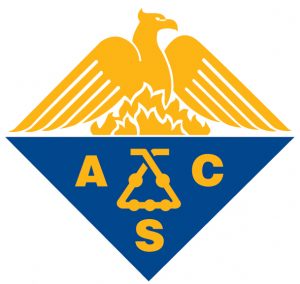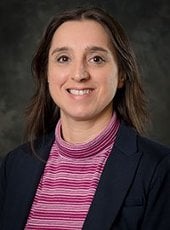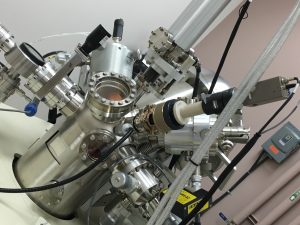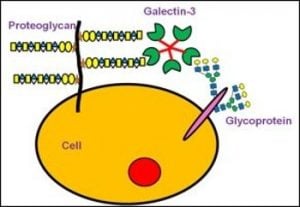 The Undergraduate Research Symposium highlights the amazing cutting-edge research being conducted on Michigan Tech’s campus by some of our best and brightest undergraduate students.
The Undergraduate Research Symposium highlights the amazing cutting-edge research being conducted on Michigan Tech’s campus by some of our best and brightest undergraduate students.
The students showcasing their work today have spent a significant portion of the past year working alongside Michigan Tech faculty and graduate students to explore, discover and create new knowledge. They’ve spent long hours in the lab or out in the field designing experiments, gathering data, creating new models and testing hypotheses. They’ve applied their classroom knowledge in new and sometimes unexpected ways, and developed new skills that will propel them forward in their careers.
Alexis Ferrier
Title: Synthesis of a Fructopyranose Mimic as a Carbohydrate Probe for Fructose Transporters
Advisor: Dr. Marina Tanasova
Overview: Ferrier’s goal is to synthesize stable fructopyranose mimics as tools to distinguish cancer from normal cells on the basis of fructose uptake efficiency.
Emily Lilla
Title: Sulfenamide Form of Omeprazole in Interaction with the Primary Amino Acid Sites of H+/K+ ATPase as Investigated at Electronic Structure Level
Advisor: Dr. Loredana Valenzano
Overview: Lilla looked at the drug Omeprazole (Prilosec®), which is the first medication that treats Acid Reflux, and serves as proton pump inhibitors (PPI). It inhibits the enzymes CYP2C19 and CYP3A4, and prevents the final step of acid production and basal and stimulated acid secretion. Lilla used Density Functional Theory (DFT) to determine the equilibrium geometries for each molecule using different levels of theory.
Randall Wilharm
Title: Synthesis and Characterizaion of Novel Photoactive Lanthanide Complexes
Advisor: Dr. Rudy Luck
Overview: Wilharm’s goal was to use the unique photochemical properties of three lanthanide metals, sarmarium, europium, and terbuim, with a novel photoactive ligand to create a new catalyst that harnesses light to push reactions.






